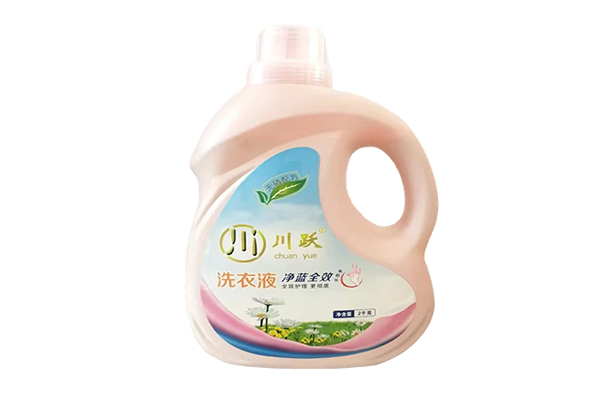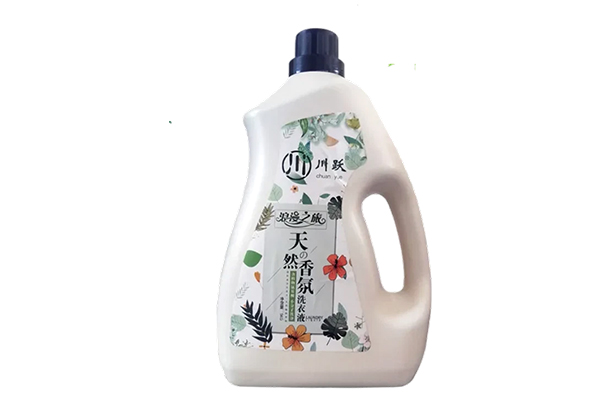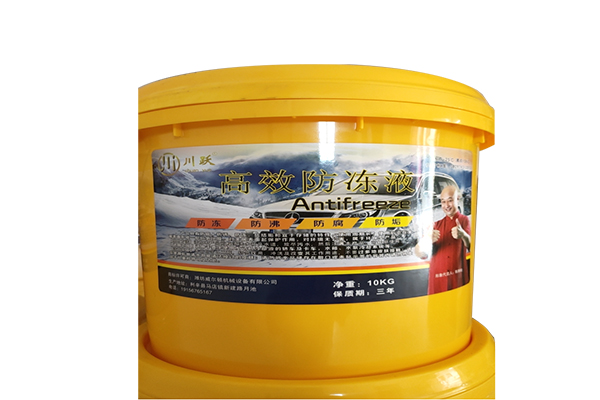Can High Efficiency Antifreeze Protect Radiators and Engine Cylinders in Extremely Low Temperatures?
Release Time : 2025-11-10
In frigid regions or extreme winter climates, the cooling systems of automobiles, construction machinery, and even stationary power equipment face severe challenges. If the coolant freezes due to low temperatures, its expansion can directly lead to radiator rupture, engine cylinder block deformation, or even cracking, resulting in high repair costs or even complete engine failure. Therefore, as a core component of the cooling system, the performance of high efficiency antifreeze directly affects whether equipment can start safely and operate continuously in extremely low temperatures. With its superior antifreeze capability of -40℃, high boiling point anti-boiling properties, excellent cooling efficiency, and multiple protection mechanisms, modern high efficiency antifreeze can provide all-weather, all-condition protection for radiators and engine cylinders.
1. -40℃ Extreme Low Temperature Protection: Eliminating the Risk of Freezing and Cracking at the Source
The core function of high efficiency antifreeze is "antifreeze." Its basic formula is typically based on ethylene glycol or propylene glycol, refined with deionized soft water, allowing its freezing point to stably drop to -40℃ or even lower. This means that even in northern cities near the Arctic Circle, high-altitude snowfields, or areas hit by sudden cold waves, the coolant can maintain its liquid flow and will not undergo destructive expansion due to freezing. More importantly, this product is formulated with high-purity soft water, thoroughly removing ions such as calcium and magnesium that easily form scale. This avoids the risk of impurities precipitating at low temperatures, exacerbating blockages or causing localized freezing, fundamentally ensuring unobstructed cooling channels and effectively preventing the water tank and engine block from cracking due to ice expansion stress.
2. High Boiling Point Design: Enhanced Stability Under High-Temperature Conditions
Antifreeze not only needs to cope with extreme cold but also withstand high temperatures during high engine load operation. Traditional tap water has a boiling point of only 100℃, which easily boils and vaporizes under turbocharging or prolonged uphill driving conditions, leading to cooling failure. High Efficiency Antifreeze, through an optimized formula, raises the boiling point to over 110℃, significantly widening the operating temperature window. A higher boiling point means the coolant is less likely to vaporize, maintaining continuous liquid circulation, while its heat transfer efficiency is about 30% higher than ordinary water, greatly enhancing heat dissipation capacity. This dual performance of being both cold- and heat-resistant ensures the engine maintains its optimal operating temperature range, preventing overheating damage, whether starting in the dead of winter or driving at high speeds in scorching heat.
3. Multi-layered Protection System: Integrated Scale, Rust, and Corrosion Prevention
In addition to its temperature control function, high-efficiency antifreeze also constructs a comprehensive chemical protection barrier. Firstly, its soft water base fundamentally eliminates scale formation, ensuring the long-term cleanliness of precision components such as the water pump, thermostat, and radiator core, maintaining efficient heat exchange. Secondly, the formula includes a composite metal rust inhibitor that forms a dense passivation film on the surfaces of various metals such as aluminum, cast iron, copper, and solder, isolating oxygen from contact with electrolytes and effectively inhibiting electrochemical corrosion. Experiments show that cooling systems using high-quality antifreeze can reduce the corrosion rate of metal components by more than 90%, significantly extending the service life of critical components such as the water tank, cylinder head, and water pump.
4. Long-lasting stability and wide applicability
High efficiency antifreeze boasts excellent chemical stability and antioxidant capabilities, with a service life of 2-5 years or longer, eliminating the need for frequent replacements. Furthermore, its strong compatibility makes it suitable for cooling circuits in gasoline engines, diesel engines, hybrid powertrains, and even some electric range extender systems, finding wide application in passenger cars, commercial vehicles, agricultural machinery, generator sets, and various other scenarios.
In today's increasingly challenging extreme environments, high efficiency antifreeze goes far beyond simple "antifreeze"; it's an intelligent cooling solution integrating antifreeze, anti-boiling, cooling, scale prevention, and rust prevention. Its extreme cold resistance up to -40℃ protects equipment through winter, its high boiling point above 110℃ ensures stable operation at high temperatures, and its soft water formula and metal protective film create a long-lasting protective system.
1. -40℃ Extreme Low Temperature Protection: Eliminating the Risk of Freezing and Cracking at the Source
The core function of high efficiency antifreeze is "antifreeze." Its basic formula is typically based on ethylene glycol or propylene glycol, refined with deionized soft water, allowing its freezing point to stably drop to -40℃ or even lower. This means that even in northern cities near the Arctic Circle, high-altitude snowfields, or areas hit by sudden cold waves, the coolant can maintain its liquid flow and will not undergo destructive expansion due to freezing. More importantly, this product is formulated with high-purity soft water, thoroughly removing ions such as calcium and magnesium that easily form scale. This avoids the risk of impurities precipitating at low temperatures, exacerbating blockages or causing localized freezing, fundamentally ensuring unobstructed cooling channels and effectively preventing the water tank and engine block from cracking due to ice expansion stress.
2. High Boiling Point Design: Enhanced Stability Under High-Temperature Conditions
Antifreeze not only needs to cope with extreme cold but also withstand high temperatures during high engine load operation. Traditional tap water has a boiling point of only 100℃, which easily boils and vaporizes under turbocharging or prolonged uphill driving conditions, leading to cooling failure. High Efficiency Antifreeze, through an optimized formula, raises the boiling point to over 110℃, significantly widening the operating temperature window. A higher boiling point means the coolant is less likely to vaporize, maintaining continuous liquid circulation, while its heat transfer efficiency is about 30% higher than ordinary water, greatly enhancing heat dissipation capacity. This dual performance of being both cold- and heat-resistant ensures the engine maintains its optimal operating temperature range, preventing overheating damage, whether starting in the dead of winter or driving at high speeds in scorching heat.
3. Multi-layered Protection System: Integrated Scale, Rust, and Corrosion Prevention
In addition to its temperature control function, high-efficiency antifreeze also constructs a comprehensive chemical protection barrier. Firstly, its soft water base fundamentally eliminates scale formation, ensuring the long-term cleanliness of precision components such as the water pump, thermostat, and radiator core, maintaining efficient heat exchange. Secondly, the formula includes a composite metal rust inhibitor that forms a dense passivation film on the surfaces of various metals such as aluminum, cast iron, copper, and solder, isolating oxygen from contact with electrolytes and effectively inhibiting electrochemical corrosion. Experiments show that cooling systems using high-quality antifreeze can reduce the corrosion rate of metal components by more than 90%, significantly extending the service life of critical components such as the water tank, cylinder head, and water pump.
4. Long-lasting stability and wide applicability
High efficiency antifreeze boasts excellent chemical stability and antioxidant capabilities, with a service life of 2-5 years or longer, eliminating the need for frequent replacements. Furthermore, its strong compatibility makes it suitable for cooling circuits in gasoline engines, diesel engines, hybrid powertrains, and even some electric range extender systems, finding wide application in passenger cars, commercial vehicles, agricultural machinery, generator sets, and various other scenarios.
In today's increasingly challenging extreme environments, high efficiency antifreeze goes far beyond simple "antifreeze"; it's an intelligent cooling solution integrating antifreeze, anti-boiling, cooling, scale prevention, and rust prevention. Its extreme cold resistance up to -40℃ protects equipment through winter, its high boiling point above 110℃ ensures stable operation at high temperatures, and its soft water formula and metal protective film create a long-lasting protective system.







